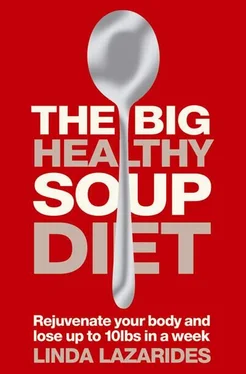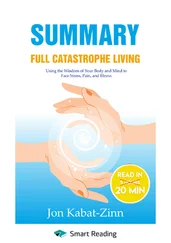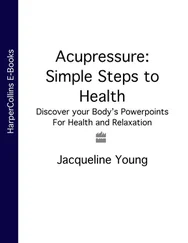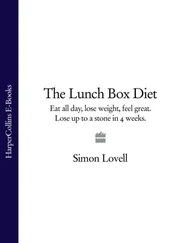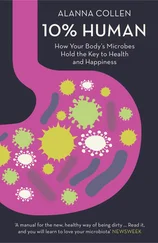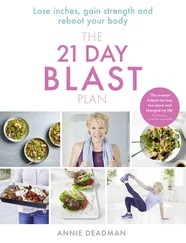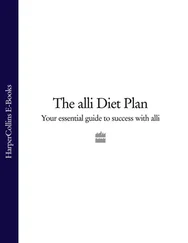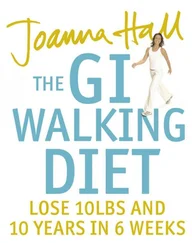Protein as a weight-loss tool has been made famous by the Atkins diet. This diet cuts out carbohydrates and replaces them with protein, fats, oils and non-starchy fruit and vegetables. For a long time no-one really knew how the diet worked. Now that more research has been done, it is clear that people become full quite quickly when they eat mostly protein and fat, and they end up consuming smaller quantities of food and therefore fewer calories. By cutting out carbohydrates they also produce much lower levels of insulin and so avoid a major hormonal cause of weight-gain.
Protein is, of course, found in meat, fish and eggs. It is also a major ingredient of dairy and soy products, nuts, seeds, beans, chickpeas and lentils. Like fats and oils, protein takes quite a while to digest, so it keeps you feeling full for longer. But like carbohydrates, protein can also overstimulate insulin production if not consumed together with a little fat or oil.
Low-carb diets such as Atkins have gained a reputation that you have to eat a lot of protein. People are worried about this because too much protein dehydrates the body and makes it acidic. This acidity is harmful and stressful for your kidneys. In fact, low-carb diets don’t have to contain harmfully high amounts of protein. Instead of eating sugar
BUTTER, CHEESE AND CREAM? BAD IN EXCESS BUT GOOD IN MODERATION!
Retinol is the true form of vitamin A, and is found only in dairy products, eggs, liver and oils extracted from the liver of fish such as cod and halibut. Forms of retinol are also artificially added to margarine.
Fruits and vegetables are said to contain vitamin A but really they don’t. They do provide beta-carotene, which ideally should be converted to vitamin A in your upper intestines by the action of bile salts and fat-splitting enzymes. In fact, you have to eat quite a large amount of fruits and vegetables to make even your minimum vitamin A requirements, even assuming that all conditions in your body are ideal for the conversion.
Conditions are often not ideal. People with diabetes or an underfunctioning thyroid (a common condition, often not diagnosed until much too late) cannot make any vitamin A from beta-carotene. Children also make the conversion very poorly and babies not at all, which is one reason why they must not be given low-fat milk. Excessive consumption of alcohol, iron pills, recreational drugs and polyunsaturated fats can interfere with the conversion. Zinc deficiency is common and is also detrimental.
Carotenes are converted to vitamin A by the action of bile salts, but very little bile is released when a meal is too low in fat or oil. On the other hand, butter and cream not only provide ready-made vitamin A but also stimulate the secretion of bile. Polyunsaturated oils also stimulate the secretion of bile salts but they can destroy carotene unless sufficient antioxidant vitamins are present.
and other carbohydrates, you can fill up on liquid and on masses of fruit and vegetables. This will both prevent dehydration and help to control your acidity levels. Soup provides both liquid and vegetables, so you can gain all the benefits of a low-carb diet while minimizing the side-effects.
In this book you will be consuming mostly healthy forms of protein: fish, organic poultry and dairy products, lentils, beans and tofu. Nuts and seeds such as sunflower and sesame seeds are also included—for both their protein and the beneficial oils they provide. Very few of the soup recipes contain red meat. This is because the fat associated with red meat is not healthy. Also, the World Health Organization has found that people who consume red meat more than twice a week have a higher risk of developing cancer.
It is much better to eat white meat and to supplement this with olive oil, nut oils and with retinol—and vitamin D-rich fats from milk, cheese and cream.
Dietary fibre absorbs liquid and so helps to bulk up the contents of your intestinal tract. This keeps you feeling full for longer after a meal. Adding bran to your food was one of the features of the F-Plan diet, which became popular in the 1970s. ‘F’ stood for fibre, and the diet involved consuming as much fibre as possible because this would reduce the calorie content of your meal while still keeping you satisfied.
But bran is not an ideal fibre for this purpose. It contains a lot of phytic acid, which forms complexes with minerals in your food and prevents their absorption. In large amounts, bran can also be quite irritating to the intestines, and is prone to causing gas. Nowadays we are more likely to recommend soluble fibre as a dieting aid. Soluble fibre is found in seeds, lentils, beans, seaweed extracts, fruit and vegetables. Like bran, it is indigestible, but unlike bran, it can be consumed by bacteria in your intestines and turned into useful fatty acids, which maintain an ideal acidity balance in your colon and support the health of your colon walls.
One of the best forms of soluble fibre is pectin. Found mostly in apples, cabbage and the white part of citrus fruit, pectin holds up to 100 times its weight in water. This excellent bulking action is very helpful for controlling appetite, especially if the pectin is in warm foods such as cooked fruit soups and cabbage soup.
Apples
Apricots
Cabbage
Carrots
Citrus fruit
Peaches
Plums
Prunes
Several research studies have also shown that consuming a lot of pectin can lower your cholesterol levels. Pectin binds to bile acids (released by your liver into your intestines when fats and oils are consumed) and prevents you from reabsorbing them and turning them into cholesterol. Pectin also helps to keep bile flowing, and this is beneficial as it means your gall bladder (which stores bile) is regularly flushed out.
The success of the Cabbage Soup Diet may be partly due to the pectin content of cabbage. In this book you will find several soup recipes containing cabbage. These recipes help to make cabbage more interesting, and some of them use spices which enhance the weightloss potential of this vegetable.
Psyllium husks (see Resources, page 277) can also be added to soup, and are a good thickener for soups such as Chinese Hot and Sour Soup (see page 224). These seed husks are an ancient Ayurvedic treatment for cleansing the intestines, and are extremely rich in a type of soluble fibre known as mucilage. Mucilage is also found in seaweed, and many commercial vegetarian gelling products such as agar-agar consist of mucilage extracted from seaweed. (Adding mucilage to liquids thickens and gels them.) Psyllium husks can do a similar job and are cheap and easy to use. Owing to their huge capacity for absorbing water in the intestines, and so helping to bulk out the stools, psyllium husks are used as the basis of many anti-constipation remedies. One tablespoon a day whisked into a large glass of water encourages regular bowel motions without causing discomfort or diarrhoea. Combined with soup, psyllium husks will absorb and gel much of the liquid, so to your stomach they will feel more like solid food and will help you to stay full for longer.
OTHER POWER FOODS TO AID WEIGHT-LOSS
In Ayurvedic and Oriental medicine, overweight is said to be caused by an excess of ‘dampness’ in the body. The dampness (fluid) quenches the body’s fire (metabolism) and so encourages the laying down of fat. The Oriental treatment for obesity consists of drying out the dampness, using special foods that ‘soak it up’ or alternatively drive it out by boosting Yang energy to heat up the metabolism (see panel below).
Читать дальше
